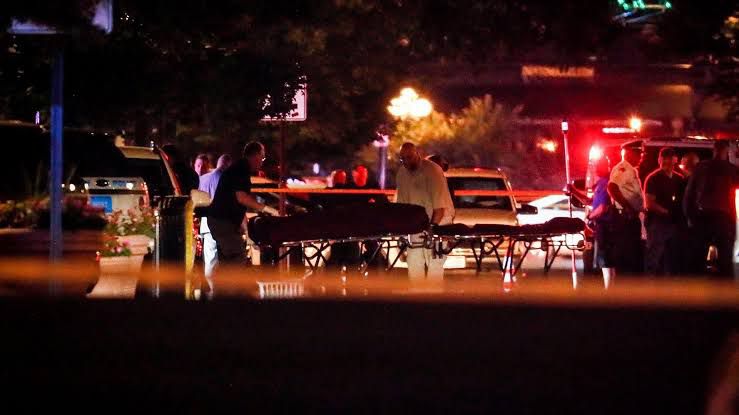
It’s the kind of news that makes a whole town stop in its tracks. Last Friday evening, what started as a typical weekend kickoff turned into a scene of absolute heartbreak in Pendleton. Whitney Gillespie, a 32-year-old woman with a smile that could light up a room, was killed in a car accident that has left her family and the Brevard, North Carolina, community she called home completely shattered.
The details coming from the Anderson County Coroner’s Office tell a story of a tragic, split-second mistake. Around 6:00 p.m., Whitney’s vehicle was making its way onto Mays Street from Highway 76. For reasons investigators are still trying to piece together, the car lost control during the turn and slammed into a parked tractor-trailer. The impact was devastating, and though first responders arrived within minutes to do everything they could, some wounds are just too deep to heal.


Whitney didn’t make it. The coroner later confirmed that she passed away from blunt force trauma to the head, ruling the whole thing a tragic accident. It’s the kind of phone call no parent or friend ever expects to get, especially for someone so young with so much life left to live. She was vibrant, she was kind, and she was the kind of person who made sure everyone around her felt seen and loved.
But the tragedy didn’t stop there. Another person was in the car with Whitney that night, and they are currently fighting for their life. The injuries were so severe that a medical helicopter had to be called in to airlift them to a nearby hospital. As of now, they remain in critical condition. While the community mourns Whitney, there is a heavy, collective prayer hanging in the air for the passenger still clinging to hope in a hospital bed.
In Brevard, where Whitney was well-known, the air feels a little heavier this week. Friends have been sharing stories of her laughter and the way she just seemed to radiate a certain kind of warmth. She wasn’t just a name in a police report; she was a daughter, a friend, and a bright spark in the lives of everyone who knew her. The void she leaves behind is huge, and the grief is palpable.
The investigation is still wide open. Authorities are looking into every angle to figure out exactly why the car lost control at that specific turn. Was it a mechanical failure? A momentary distraction? For the family, the “why” might provide some answers, but it won’t bring Whitney back. For now, they are stuck in that quiet, painful space that comes after a sudden loss, trying to figure out how to move forward without her.
As the Anderson County community wraps its arms around Whitney’s loved ones, the focus remains on honoring who she was. She will be remembered for the love she gave and the joy she brought into the world, rather than the way she left it. It’s a reminder to all of us how quickly things can change and how important it is to hold your people a little closer. Rest easy, Whitney. You will be missed more than words can say.
The post Whitney Gillespie: A Bright Light Dimmed in Pendleton Tragedy appeared first on Tripplenews.
The post Whitney Gillespie: A Bright Light Dimmed in Pendleton Tragedy first appeared on Voxtrend News.
